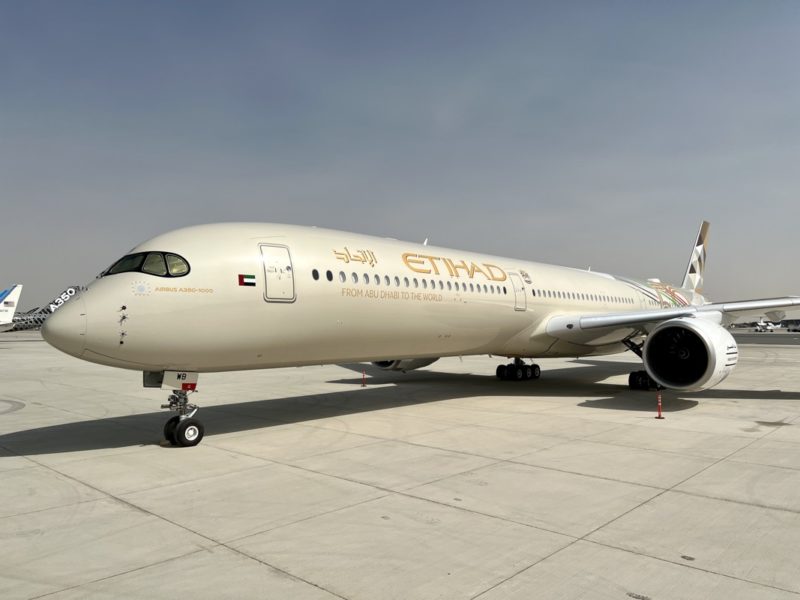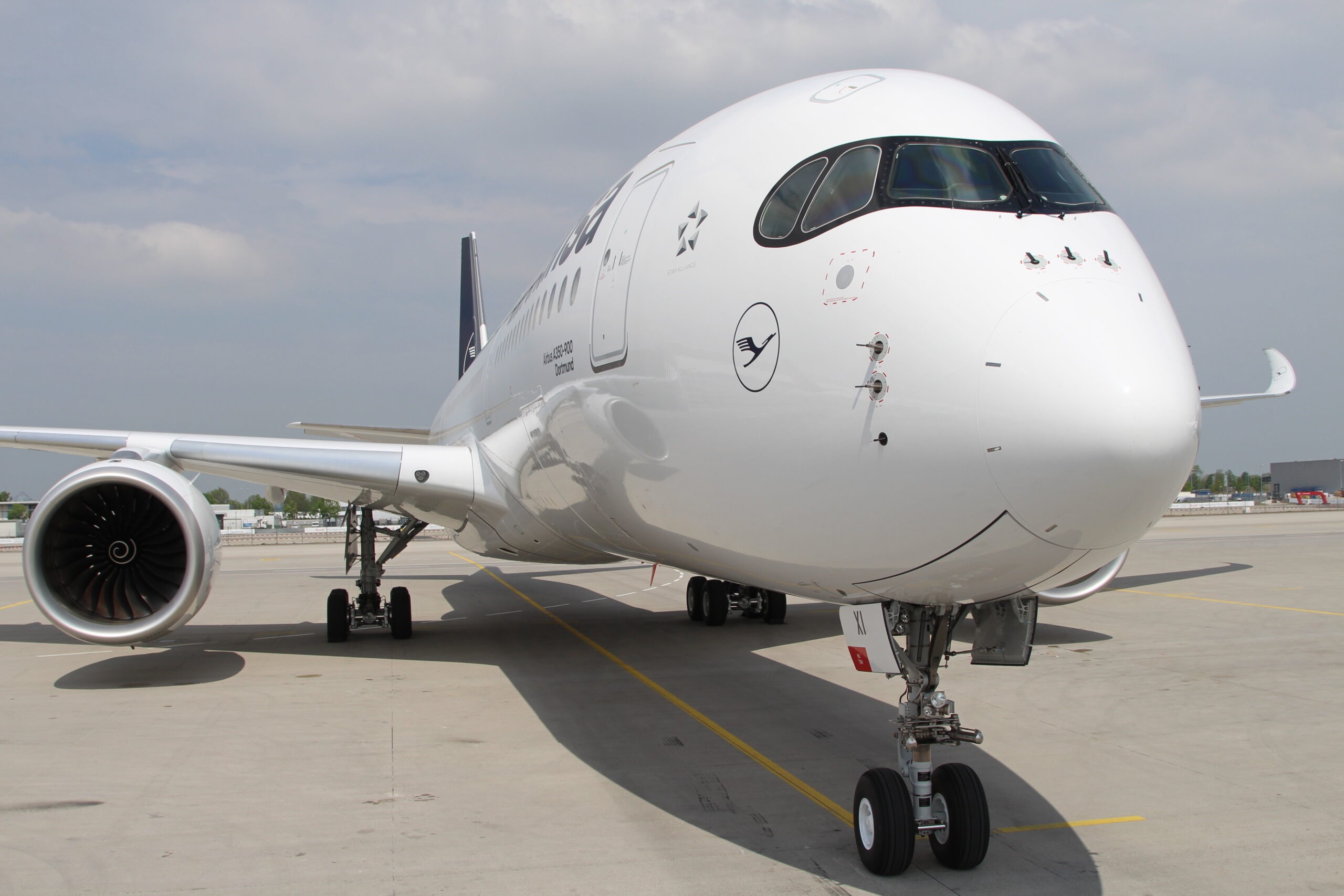The European Union Aviation Safety Agency (EASA) has issued a new airworthiness directive (AD) for the Airbus A350-900 and -1000 airplanes stating that a software bug could lead to a loss of elevator control for some A350s.
The European Aviation watchdog has asked A350 operators to amend the applicable AFM (airplane flight manual) and Minimum Equipment List to avoid a loss of elevator control. The directive was issued last week and came into effect on May 9th.
Reasons Behind the AD
In the AD, EASA states that an occurrence was reported where the primary flight-control computers (PRIMs) indicated that both elevator actuators were considered faulty. Elevator is a primary flight control surface which controls an aircraft’s movement on the lateral axis, referred to as “pitch”.
The AD further states that an investigation had found that incorrect instructions had been implemented with the introduction of PRIM P13 standard.
Subsequent investigations identified incorrect instructions had been implemented with the introduction of the PRIM P13 standard, which is part of the Flight Control and Guidance System (FCGS) X13 standard.
EASA Statement

Required Actions
This AD reportedly covers both A350-900s and -1000s aircraft with the X13 flight-guidance software standard installed. According to the EASA, the following amendments are required:
*AFM TR: Airplane Flight Manual Temporary Revision
*MER: Major Event Revision
- Operators must amend the applicable AFM by incorporating the AFM TR
- Must inform all flight crews, and, thereafter, operate the aeroplane accordingly.
- Must implement the instructions of the MER, as defined in this AD.
- Must amend the operator Minimum Equipment List in accordance with the instructions of the MER.
EASA clarified that the directive is an interim measure, and further instructions might be necessary.


